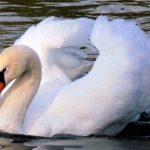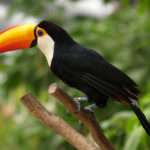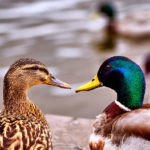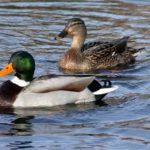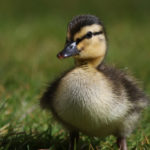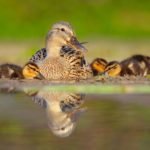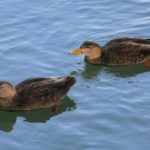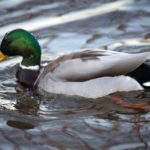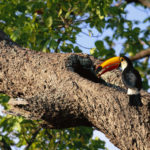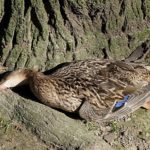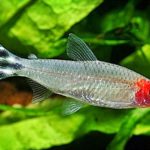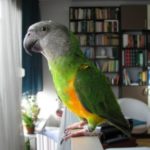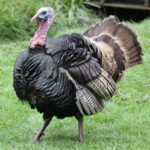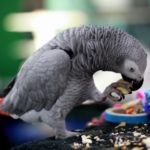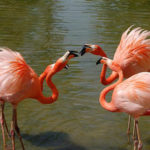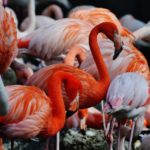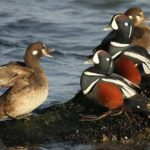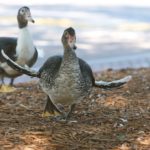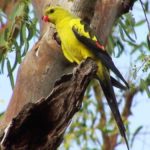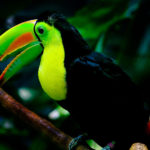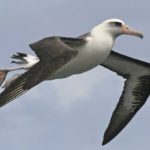Ducks
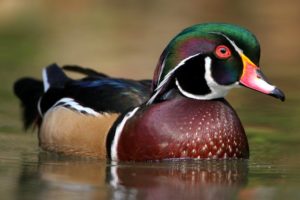 The body length of the duck is on average 60 cm, the wingspan can reach one meter, the average length of the wing is 28 cm in drakes and 26 cm in females. Judging by the plumage of the drake and the mallard female, it is difficult to believe that they belong to the same species. The color of the female is more suitable for survival in natural conditions, since it has a camouflage brownish-red color of the plumage. The abdomen has a darker shade. The beak can be dark gray or olive-colored.
The body length of the duck is on average 60 cm, the wingspan can reach one meter, the average length of the wing is 28 cm in drakes and 26 cm in females. Judging by the plumage of the drake and the mallard female, it is difficult to believe that they belong to the same species. The color of the female is more suitable for survival in natural conditions, since it has a camouflage brownish-red color of the plumage. The abdomen has a darker shade. The beak can be dark gray or olive-colored.
Paws are orange or red. You make an ordinary white duck, but the main thing is not to overfeed it. Otherwise, the bird will overgrow with fat and sell poorly. True, for its production in the conditions of a personal subsidiary farm, a good reservoir is needed. The Bashkir white duck or “Medeo” breed collects 1.8-2 kilograms for 56 days.
Duck mallard, like any other kind of ducks, lives directly near water bodies or marshes. Preference is given to shallow-water lakes and rivers with a slow current. The main criterion for choosing a habitat is the presence of reeds, thick bushes, old fallen trees on the shore of the reservoir. Such natural camouflage barriers are necessary for ducks for overnighting and hatching eggs, so they do not stop at ponds with bare beaches.
So what does the mallard eat? Representatives of this species are completely undemanding to their diet, so they feed on what is currently in the pond. Throughout the day, you can see the periodic dipping of ducks into the water behind the feed, while only the back part and the paws sticking up are seen from the water. Pulling out his head, the duck searches for food at the bottom: small fish, small frogs, caviar, algae, various roots and other. A special delicacy for the mallard is duckweed, which is usually tightened by the smooth surface of ponds with standing water.
At one-year-old age ducks are ready for mating. Married couples are formed in the autumn, so they spend the winter together. Depending on the habitat and the need to fly to warmer lands, the breeding season can be in the range from April to August.
When the time is right, the female together with the drake builds a nest, always a few steps from the water. It represents a small depth, which is lined with dry remnants of vegetation. Male Mallard protects the female and nest throughout the period of masonry. When the female proceeds directly to the incubation of eggs, the drake leaves it and flies away to moult.
